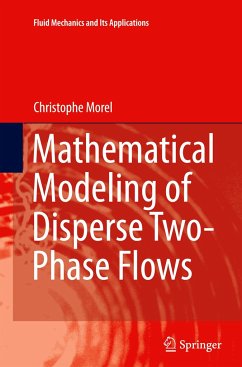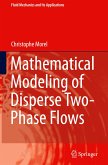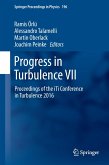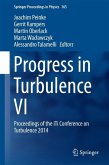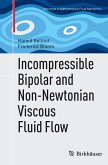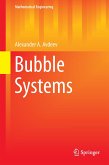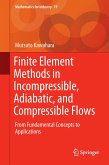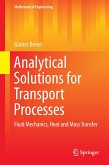This book develops the theoretical foundations of disperse two-phase flows, which are characterized by the existence of bubbles, droplets or solid particles finely dispersed in a carrier fluid, which can be a liquid or a gas. Chapters clarify many difficult subjects, including modeling of the interfacial area concentration. Basic knowledge of the subjects treated in this book is essential to practitioners of Computational Fluid Dynamics for two-phase flows in a variety of industrial and environmental settings.
The author provides a complete derivation of the basic equations, followed by more advanced subjects like turbulence equations for the two phases (continuous and disperse) and multi-size particulate flow modeling. As well as theoretical material, readers will discover chapters concerned with closure relations and numerical issues. Many physical models are presented, covering key subjects including heat and mass transfers between phases, interfacial forces and fluid particles coalescence and breakup, amongst others.
This book is highly suitable for students in the subject area, but may also be a useful reference text for more advanced scientists and engineers.
The author provides a complete derivation of the basic equations, followed by more advanced subjects like turbulence equations for the two phases (continuous and disperse) and multi-size particulate flow modeling. As well as theoretical material, readers will discover chapters concerned with closure relations and numerical issues. Many physical models are presented, covering key subjects including heat and mass transfers between phases, interfacial forces and fluid particles coalescence and breakup, amongst others.
This book is highly suitable for students in the subject area, but may also be a useful reference text for more advanced scientists and engineers.
"This book is dedicated to the study of dispersed two-phase flows ... . The references consist of a nice mix of recent and classical results, wherein the author has himself made several significant contributions. ... The author's intended audience are graduate students as well as mature researchers and engineers, and I believe he successfully accommodates his audience. I strongly recommend this book for the researcher interested in the mathematical development of dispersed two-phase flow models." (Tore Flåtten, Mathematical Reviews, October, 2016)

